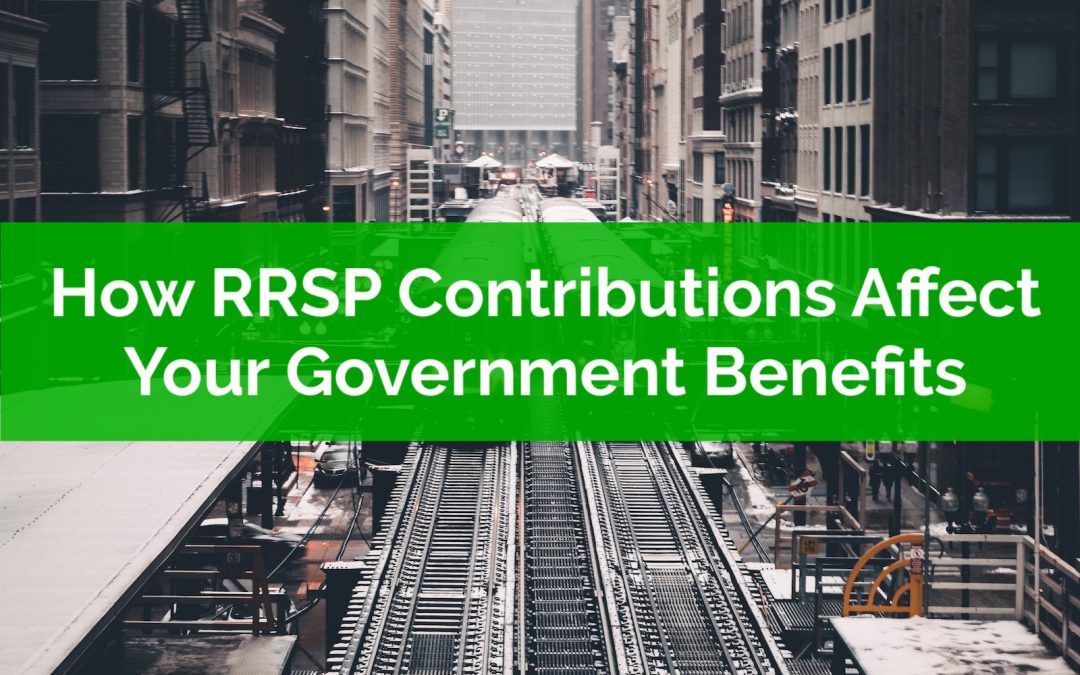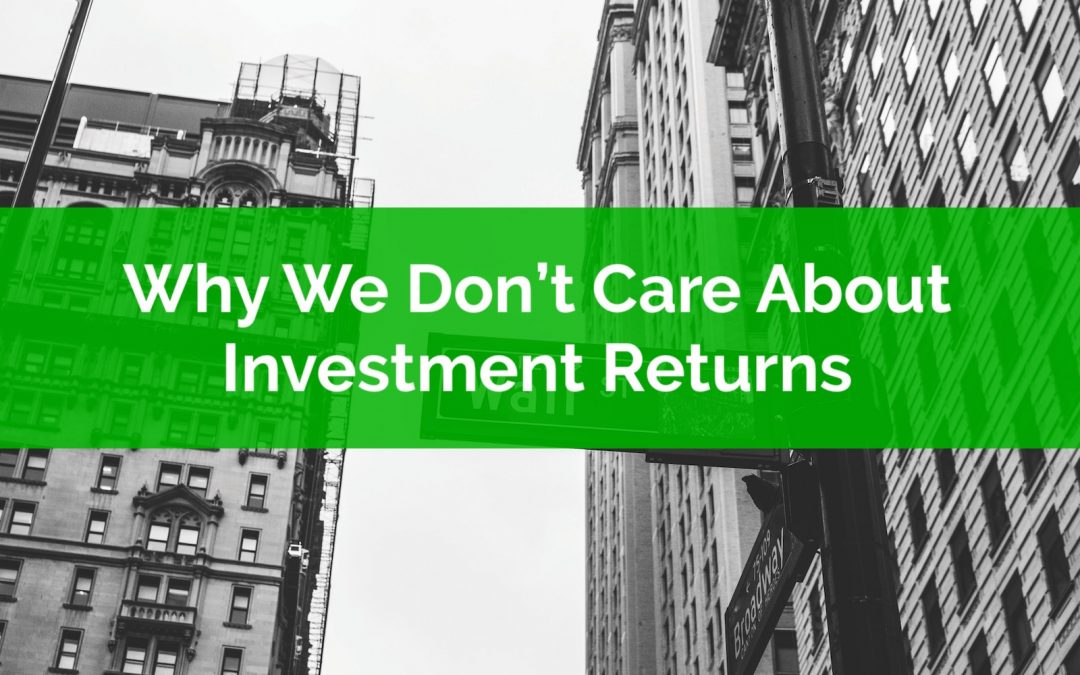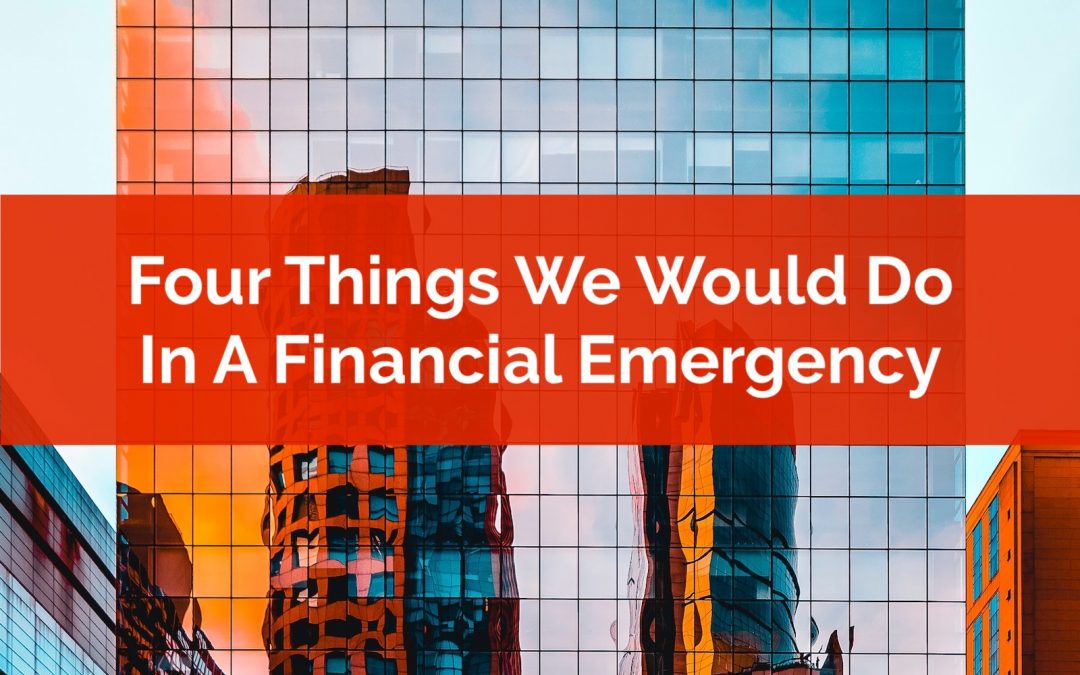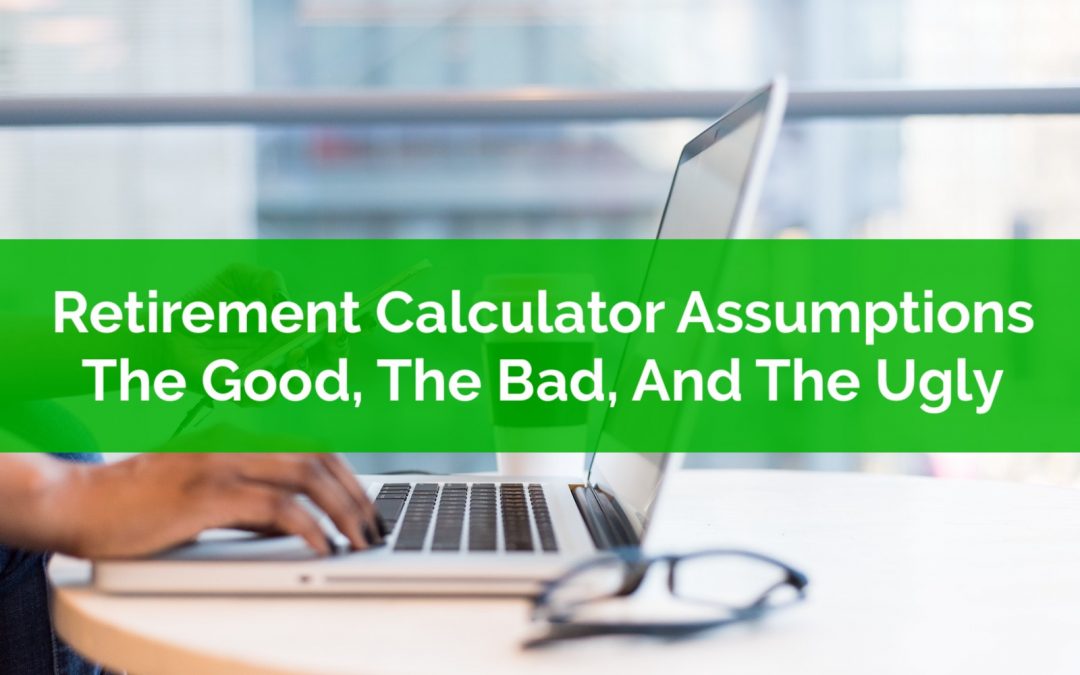
by Owen | Feb 22, 2021 | Financial Planning, Government Programs, Tax Planning
RRSP contributions can be a great tool to help manage your income taxes before and after retirement. They can also be a great tool to help manage your government benefits in a similar way. RRSP contributions affect government benefits like the Canada Child Benefit (CCB), Ontario Child Benefit (OCB), Guaranteed Income Supplement (GIS), GST/HST Credit, Ontario Sales Tax Credit etc etc.
What many people may not realize is that most government benefits have a “claw back” rate that acts like a tax rate. If you earn more income the “clawback” rate will reduce your government benefits. But the opposite also happens, if you make an RRSP contribution and your income goes down, then this “clawback” rate will work in reverse and it will increase your government benefits!
There are a couple situations where RRSP contributions can have a BIG effect on government benefits. Let’s take a look at two real life examples.
One example is a senior who is receiving GIS benefits. We’re going to plan some strategic RRSP contributions to help them maximize their GIS benefits. This is counter-intuitive, we’re always told that TFSAs are best for low-income individuals, but in this case we can use RRSP contributions strategically to maximize GIS.
The second example is a young family with three children. They’re receiving the Canada Child Benefit and the Ontario Child Benefit and we’re going to plan some strategic RRSP contributions to help them maximize their family benefits.

by Owen | Feb 8, 2021 | Financial Planning, Insurance And Risk Management
What is joint first-to-die life insurance and why would you choose it over two regular life insurance policies?
Life insurance is meant to protect against an unexpected death. It’s meant to provide financial protection for those who may be dependent on the insured. This is very common for families with young children and also for households with dual incomes (especially when one income is larger than the other).
There are many types of life insurance but one of the most common types for the average Canadian family is called term life insurance.
Term life insurance covers the insured person for a specific length of time (the term). It’s typically less expensive than other types of life insurance because it only lasts for 10, 15, 20, 25 years. The cost of term life insurance is very low when purchased early. A young family in their late 20’s or early 30’s will pay very little for term life insurance because the probability of an unexpected death is very low.
Joint first-to-die is one form of term life insurance that is available to couples. A joint first-to-die insurance policy pays out when the first person in a couple passes away. Instead of having two term life insurance policies for $500,000 each, a couple could purchase a joint first-to-die policy that covers both for $500,000. A joint first-to-die term life insurance policy is typically less expensive than two similar but separate policies, so it can be attractive in certain situations. But what are the downsides of a joint first-to-die life insurance policy? And when might you choose a joint first-to-die policy over two separate policies?

by Owen | Jan 18, 2021 | Behavioral Finance, Financial Planning, Investment Planning, Saving Money
Technically compounding begins with the first dollar, but when does compounding exactly take hold, when do we really start to FEEL the effect of compounding?
Compounding is almost like magic. It turns even the smallest amount of money into millions if given enough time.
Ben Franklin bequeathed $2,000 to the cities of Boston and Philadelphia in his will BUT with the stipulation that they could not draw on the investments for 200-years. The original amount has compounded over 200-years from $2,000 to $6.5 million!
But do you have to wait for 200-years to feel the effect of compounding? Definitely not.
The effect of compounding can be SEEN almost immediately but to really FEEL the effect of compounding takes at least a few years, plus, as well see below, it also depends on the rate of investment return.

by Owen | Nov 30, 2020 | Behavioral Finance, Financial Planning, Investment Planning
This is the time of year when everyone starts talking about investment returns. It’s been a wild ride and just months ago it would have been difficult to imagine reaching positive investment growth year over year. With the incredible ups and downs of this year, investment returns are bound to be in the headlines over the next few months.
For some people, investment growth is an important metric. They care about time weighted returns, money weighted returns, and breaking down their year over year growth by geography, sector, and even individual investments.
We, however, don’t care about investment returns.
In fact, I couldn’t tell you what our year over year returns have been this year or in past years. The only way we’d know is because our discount broker likely tracks that for us. Otherwise it’s just not a personal finance metric we put much value in.
Of course, we do care about long-term returns, but we don’t care about year over year returns, and here’s why you shouldn’t either…

by Owen | Nov 23, 2020 | Budgeting, Emergency Fund, Financial Planning
What would you do in a financial emergency? What steps would you take? Do you have a plan in place?
It turns out that nearly 4 out of 10 people don’t have even a basic plan for a financial emergency. In the latest Financial Planning Canada survey, nearly 40% of respondents said they do not have an emergency fund.
While that stat is pretty alarming, the good news is that 6 out of 10 people are saving for an emergency, but is that the only thing you can do?
Our plan includes multiple layers of protection if we were faced with a major financial emergency. There are four key things that we would do. These four things would allow us to cover basic expenses for 5+ years! How’s that for peace of mind!
This 5-year “safety net“ wasn’t something that we created overnight, but we’re thankful we now have a strong plan just in case the worst were to happen. We hope to never get to that point, but it’s nice knowing we have a solid plan that’s ready to go in case things get really, really tough.
Here are the four things we would do in a financial emergency…

by Owen | Nov 16, 2020 | Financial Planning, Retirement Planning
Retirement calculators are everywhere. Nearly every financial institution has some form of retirement calculator. They all work very similarly, they require a few inputs perhaps age, income, spending etc. and then they provide some analysis/recommendation about retirement, how much to save, how much to spend etc.
But how accurate are these retirement calculators? What assumptions are they making when doing a retirement projection? Are they even worth the effort?
In this post we’re looking at some of the good, the bad, and the ugly parts of retirement calculators.
In general, retirement calculators make some very broad assumptions to create a very simple retirement projection very quickly. There is nothing simple about retirement, so creating a projection with only a few inputs in only a few seconds is already somewhat suspect, but as we’ll see below, the possible issues go way beyond that.
These are just some of the issues to watch out for when using a retirement calculator.
Page 12 of 19«...1011121314...»






